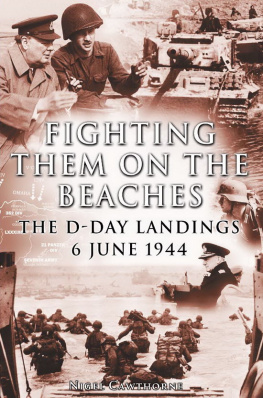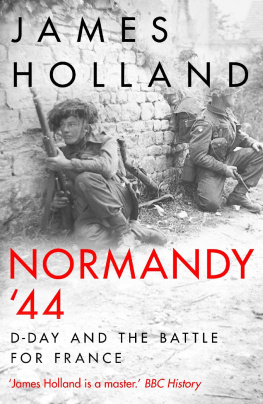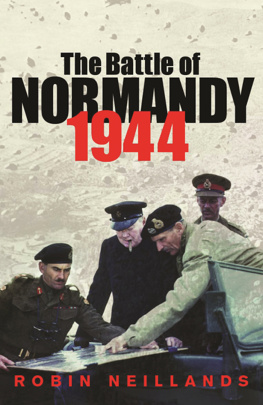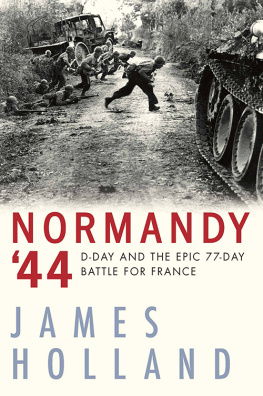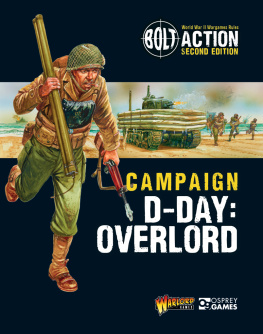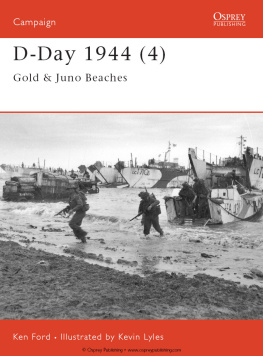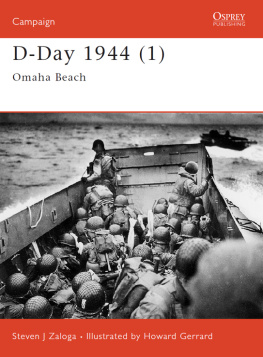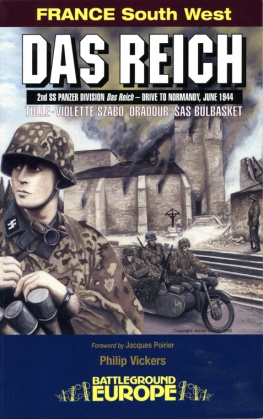Campaigns of World War II:
The Fall of the Reich
Duncan Anderson and Lloyd Clark
First published as an illustrated book in 2001
This digital text-only edition first published in 2014
Published by
Amber Books Ltd
United House
North Road
London N7 9DP
United Kingdom
Website: www.amberbooks.co.uk
Instagram: amberbooksltd
Facebook: amberbooks
Twitter: @amberbooks
Copyright 2014 Amber Books Ltd
ISBN: 978-1-78274-215-9
All rights reserved. With the exception of quoting brief passages for the purpose of review no part of this publication may be reproduced without prior written permission from the publisher. The information in this book is true and complete to the best of our knowledge. All recommendations are made without any guarantee on the part of the author or publisher, who also disclaim any liability incurred in connection with the use of this data or specific details.
Chapters 1 to 9 in this volume were written by Duncan Anderson.
Chapters 10 and 11 were written by Lloyd Clark.
Publishing Manager: Charles Catton
Editor: Stuart McReady
Duncan Anderson is Head of the Department of War Studies at the Royal Military Academy Sandhurst and Senior Research Fellow at De Montfort University.
Lloyd Clark is a Senior Lecturer in War Studies at the Royal Military Academy Sandhurst, specialising in airborne forces and World War I.
Other titles in the Campaigns of World War II series:
Germanys Lightning War by Adrian Gilbert
The Eastern Front by Duncan Anderson, Lloyd Clark and Stephen Walsh
Sicily and Italy by Michael E Haskew
The Pacific War by Andrew Wiest and Gregory L Mattson
Chapter One
Preparations for D-Day
The long-anticipated invasion of France was a huge gamble for the Allies, and mounting the largest amphibious operation yet seen would require a great deal of planning and preparation.
During the winter of 1941 42 the Oberkommando der Wehrmacht (OKW, the German armed forces high command) came to accept that the war was going to last years rather than months. The completely unexpected Soviet counter-offensive of 5 December 1941 had been followed two days later by the Japanese attack on Pearl Harbor, which had triggered a German declaration of war against the United States on 10 December. Although it had a large navy, the army of the United States was minuscule, and OKW reasoned that it would be at least 18 months before substantial American forces could be established in Britain, and perhaps even longer if the German navy s submarine campaign maintained its so far successful campaign against Allied shipping. In these circumstances the most logical strategy for Germany was to concentrate on the defeat of the USSR, while establishing a defensive system which would delay any Allied attempt to land on the coasts of western Europe. On 23 March 1942 Adolf Hitler issued Directive No 40, an order to begin the construction of fortifications along the coastline of the continent, from Norway s North Cape to the Franco-Spanish frontier.
At first construction proceeded at an almost leisurely pace. The apparent lack of urgency was reflected in the appointment of 67-year-old Field Marshal Gerd von Rundstedt as commander-in-chief in the west. Hitler, obsessed that the British would attempt a landing in Norway to protect their convoys to the Soviet port of Murmansk, ordered that priority be given to defending the coastline from Narvik to Bergen. By the autumn of 1943, the harbours and fjords of Norway bristled with 350 batteries, with guns ranging from 88mm (3.49in) to 406mm (16in), making the Norwegian coast the most heavily fortified in the world. The French coast, by contrast, had been relatively neglected, construction being confined to ports and submarine bases. On 18 August 1942 the still-unfinished Dieppe defences, manned initially by only 200 over-age reservists, managed to defeat a landing attempt by 5000 Canadian and British troops. Hitler now ordered that the construction of fortifications along the French coast, similar to the Siegfried Line along the Franco-German border, should proceed with fanatic energy . However, the real effect of the victory at Dieppe was to lull OKW into complacency. It was only after the success of Allied landings against opposition in Sicily in July 1943 and at Salerno in September 1943, that Hitler issued Directive 51, ordering a crash programme to create a system of fortifications from Antwerp to Biarritz which would ensure the collapse of the enemy attack before, if possible, but at the latest upon the actual landing .
In order to accelerate the work, on 5 November Hitler ordered Field Marshal Erwin Rommel on a tour of inspection of the Atlantic Wall, and on 1 January 1944 appointed him to operational command of Army Group B, the 7th and 15th armies, responsible for the north coast of France from the Pas de Calais to Brittany. Almost immediately, Rommel was in dispute with commander-in-chief von Rundstedt, who very much resented Germany s most famous soldier interfering with his command. In addition, the two men disagreed fundamentally on the best way to resist an Allied landing. Having served in the victorious campaigns in France in 1940 and Russia in 1941, von Rundstedt was loathe to adopt a purely defensive attitude, and had been pressing hard for the stationing of first-line field divisions in France. By early 1944 he had 24, including 10 panzer divisions. Von Rundstedt wanted to wait until the Allies were in the process of establishing a beachhead and then hit them with a large panzer group of 6 divisions, which he was keeping in reserve around Paris under the command of General Leo Freiherr Geyr von Schweppenberg. Rommel, who had fought in North Africa between October 1942 and May 1943 against Allied forces who who enjoyed ever-increasing air superiority, believed Geyr von Schweppenberg s panzers would be obliterated by a combination of Allied bombers and naval gunfire while they were still miles from the beachhead. The only solution, Rommel argued, was to destroy Allied landing forces while they were coming ashore, a position which was supported by Admiral Theodor Krancke, commander-in-chief of Naval Group Command West. Rommel and Krancke urged a massive and rapid expansion of the Atlantic Wall defences, with the stationing of Geyr von Schweppen-berg s armour close to the coast behind the more likely landing beaches.
German preparations continue
In January 1944, in an interview for a special edition of the Wehrmacht s Signal magazine covering the construction of the Atlantic Wall, von Rundstedt launched a covert attack on Rommel, stating that we Germans do not indulge in the tired Maginot spirit. Rommel responded with a scathing report to OKW on the Atlantic Wall, warning that unless his policy was adopted, the enemy will probably succeed in creating bridgeheads at several different points and in achieving a major penetration of our coastal defences. The row between the field marshals soon involved the inspector general of panzers, Heinz Guderian, and finally Hitler himself, who suggested the face-saving compromise that the panzer reserve should be placed under his command, and not be moved without his authority. Thus a third layer of command was imposed on a structure which had already caused friction.


